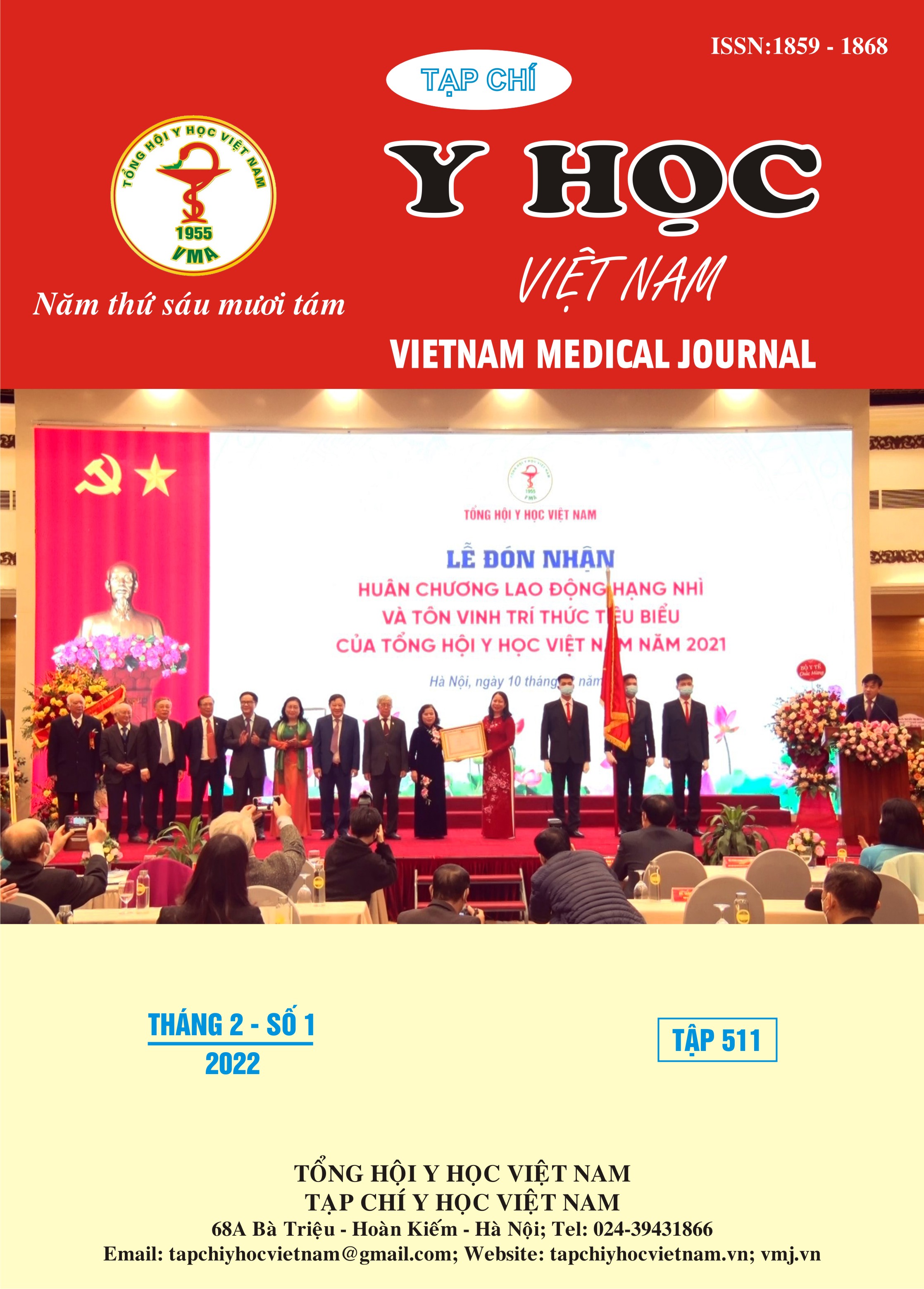RESULT OF PULLING IMPACTED TEETH INTO OCCLUSION WITH SUPPORT OF CBCT FILMS
Main Article Content
Abstract
Objective: determined the success rate and duration to pull the impacted teeth into occlusion with the support of CBCT film. Research method: a clinical intervention to compare before and after treatment of 30 impacted teeth. Located the impacted teeth and their correlation with closed struction on the X-ray film, the success rate of pulling the impacted teeth into occlusion, the time to pull them. Results: 100% of the impacted teeth were pulled into the occlusion. The good rate of treatement was 70%, the rate of impacted teeth having the time to pull into occlusion from 6-9 months was 76.7%. Conclusion: The result of impacted teeth treatment with the support of CBCT film has a high success rate and the majority cases have the time to pull the impacted teeth into occlusion within 6-9 months.
Article Details
Keywords
impacted teeth, CBCT film, success rate
References
2. Bjerklin K, Ericson S (2006). How a computerized tomography examination changed the treatment plans of 80 children with retained and ectopically positioned maxillary canines. Angle Orthodontist. 76, pp. 43 – 51
3. Marcelo A. V., Ana L.S. (2009). Palatally impacted canine: Diagnosis and treatment options. Bzaz J Oral Sci. 9(2):70-76.
4. Shapira Y., Kuftinec M. (1998). Early diagnosis and interception of potential maxillary canine impaction. Am. J Dent Assoc. 129: 1450-4.
5. Snehlata O., (2011) CBCT evaluation of impacted canines and root resorption. Oral surgery.21-24
6. Stewart J. A., Heo G., Glover K. E. (2001). Factors that relate to treatment duration for patients with palatally impacted maxillary canines. Am. J Orthod Dentofacial Orthop. 119:216-25.
7. Susanne W., Jennifer J.,et al (2011). Impacted upper canines: examination and treatment proposal based on 3D versus 2D diagnosis. J Orofac Orthop 73.28-40.


